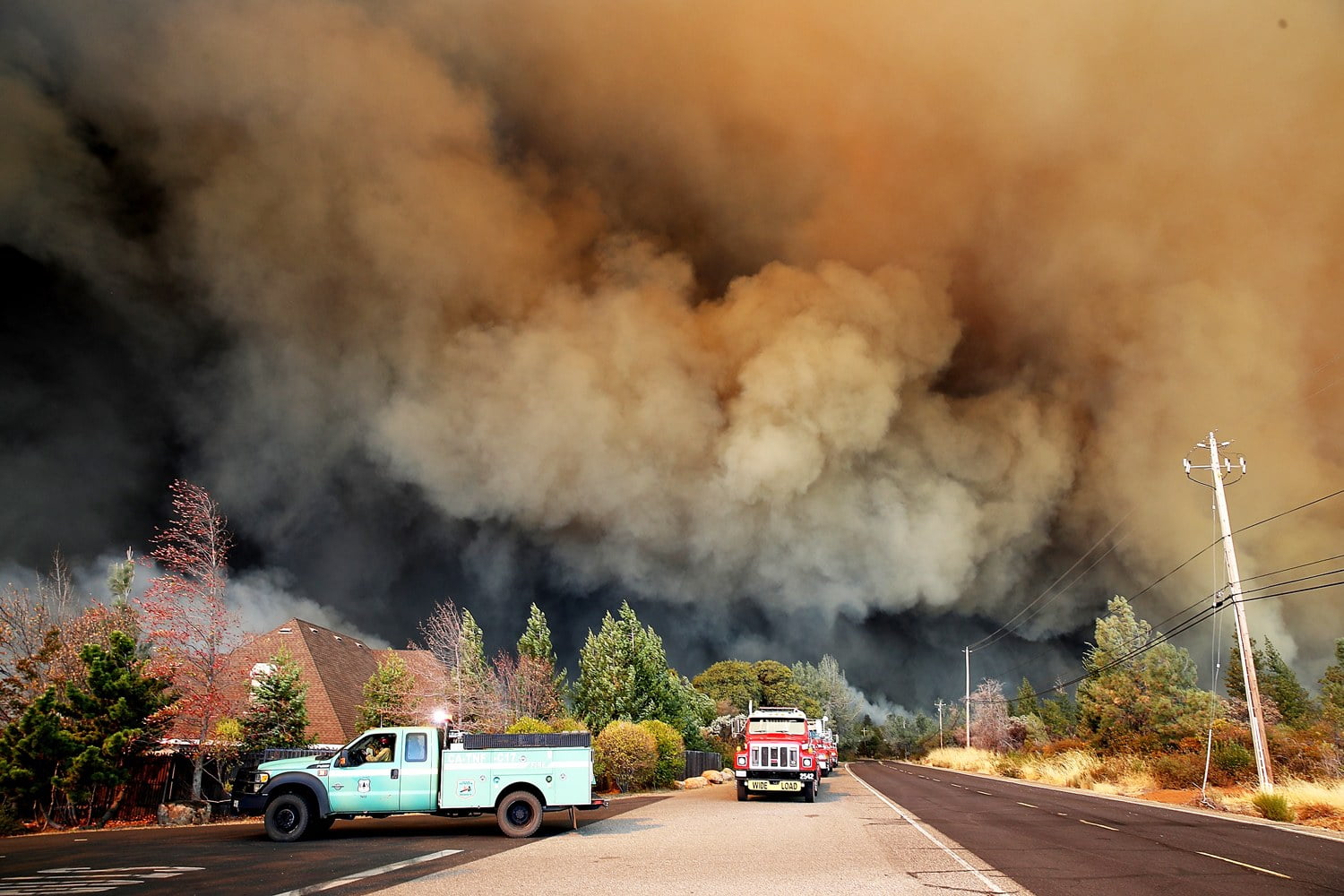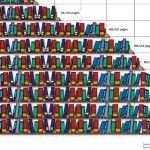Are micro grids the answer to climate change?
Wildfires in California are tragic and incredibly expensive. Many lives lost. Property and homes lost. Livelihoods lost. Sensitive habitat and wildlife lost. At well over $9 Billion, damages from the 2018 wildfires in Northern California were financially devastating. The cause for many, as it turns out, traces directly to the largest utility in the country, PG&E. Lawsuits held PG&E fully liable which then caused an almost immediate bankruptcy filing to avoid billions in payouts, more than the company was worth. As in 2001, the utility may come back even stronger and more profitable for shareholders. As utility solar prices have plummeted, the bankruptcy will allow PG&E to renegotiate their (now) overpriced early stage large solar supply contracts. Certainly a prudent financial move for PG&E to take advantage of.
Meanwhile, towns like Paradise, CA were literally wiped off the map from fast moving wildfires sparked by PG&E’s power lines running through densely wooded communities. Will those livelihoods come back stronger? Doubtful. As most disasters go, many will simply leave as they have no jobs or income to return to. Others will rebuild with insurance funds. But, is that even a good idea?
Environmental, weather and fire experts are quick to point out that forest fires will continue to increase in frequency and ferocity as climate change continues to warm the planet and dry out many of earth’s forests. So what can be done to avoid future calamity? There are 3 obvious choices:
- Build fire resistant homes and buildings. When you light a match and hold on long enough, you will certainly get burned since the match stick is flammable. So how can we not expect a wood frame home to burn down from a nearby forest fire. Most of the trees are left standing after a fast moving fire since the wood is wet and protected by bark. Meanwhile, nearby dry wood structures almost always burn to the ground. In reality, wood stick construction really has no business in any alpine forest. The easy solution lies with the Counties to only permit fire resistant construction in forests. Insurance companies will likely catch on and assign more equitable risk (and cost) to fire prone properties as well. While that may sting (a lot) for homeowners who want to rebuild, it’s more equitable for all as having ANY grid lines running through the forest is likely to cause future fires.
- Hold counties accountable for lax enforcement of fire protection codes around buildings. The results from the fires going through Paradise and other towns seem to illustrate lax code enforcement.
- Require utilities to reroute transmission lines around forests and new buildings or communities in forests to be off grid with 100% self generation. Until transmission lines are removed from forests, it is simply a matter of time before the next horrific and incredibly expensive fire will happen. For the $9 billion price tag, there would be an army of developers lining up to build off grid communities for Paradise and many other towns. Policy makers and insurance companies should come together to assign risk to the grid, instead of looking for a bailout that so often happens.
In the likely event that status quo utility power is restored and towns like Paradise are rebuilt like before, who will be responsible for the next destructive fire? The utility for providing power or the county for allowing it or the residents for using (and paying for) that electricity? In brutally honest terms, the drug pusher, the cop who looked the other way or the addict?
Is the risk worth the reward? When nuclear power or any generation source is developed, the development is never 100% risk free. When parents let their kids drive a car, they always know there is risk – and accept that. So, why do we mandate near 100% reliability for electrical power? In the future, utilities will be compelled to shut off power at the distribution level during high risk wind events. Larger transmission lines will likely stay energized. Will that eliminate all the risk? Not at all. The Camp Fire that roared through Paradise was caused by a transmission line (not local distribution lines). With that in mind, perhaps the electric grid could be de-risked by allowing even lower reliability or accessibility? Transmission lines get shut off during wind events, or power lines are removed entirely from alpine forests. That would certainly make way for more reliance on standalone distributed energy like many in Joshua Tree, CA or smart micro grids in larger communities like Borrego Springs after the Southern California wildfires of 2007?
With massive and deadly wildfires becoming an annual event in California, will PG&E simply cut down a bunch of trees and reinstall utility poles like before, or will the local governments demand better energy architecture going forward? As of the writing of this post, the former seems to be playing out. PG&E crews are (understandably) busily restoring power so homeowners and business owners have electricity to rebuild with and move on. I believe a potentially faster and more resilient solution would be for builders to be required to build off grid homes or building-integrated microgrids while requisitioning developers to build community-scale microgrids that backup or augment distributed rooftop solar and wind on the buildings and carports. This would simply be accelerating upcoming building codes in California. Smart energy storage would be included in all new, energy efficient homes and buildings just like an appliance is today. That energy storage could then be interconnected as the key component of a resilient community micro-grid. Imagine that. A town without unsightly and dangerous power lines that has long lasting, clean, self sufficient and resilient power! What a simple and SAFE concept.
Author’s note: When I introduced this concept just ten years ago it was commented as heresy in online blogs. Today, probably “meh” or “wow, why aren’t we doing that?”




Leave a Reply
Want to join the discussion?Feel free to contribute!